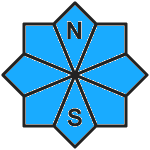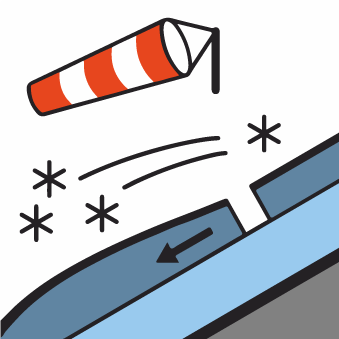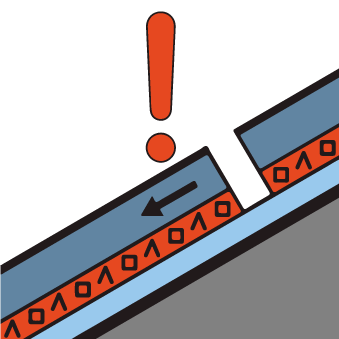
Danger level
 | treeline |
|  |
|  | ||||
|  |
|  |

Fresh wind slabs require caution. Weak layers in the upper part of the snowpack are treacherous.
Dry avalanches can be triggered in the weakly bonded old snow and reach large size in isolated cases. Remotely triggered avalanches are possible. Avalanche prone locations for dry avalanches are to be found in all aspects above the tree line. The avalanche prone locations are barely recognisable. Especially places where surface hoar has been covered with snow are treacherous. Whumpfing sounds and the formation of shooting cracks when stepping on the snowpack serve as an alarm indicating the danger.
The fresh wind slabs are easy to recognise but prone to triggering. The prevalence of such avalanche prone locations will increase with altitude, caution is to be exercised in particular adjacent to ridgelines and in gullies and bowls.
In addition a latent danger of gliding avalanches exists.
Meticulous route selection is important.
Snowpack
dp.6: cold, loose snow and wind
dp.8: surface hoar blanketed with snow
Precarious weak layers exist in the top section of the snowpack. The somewhat older wind slabs are lying on surface hoar in some places.
The northwesterly wind will transport the loosely bonded old snow. In the course of the day the wind slabs will increase in size appreciably. The fresh wind slabs will be deposited on soft layers. As a consequence of low temperatures the snowpack can not consolidate.
Towards its base, the snowpack is well consolidated.
Tendency
Gradual increase in danger of dry avalanches as a consequence of new snow and wind, especially in the north.

